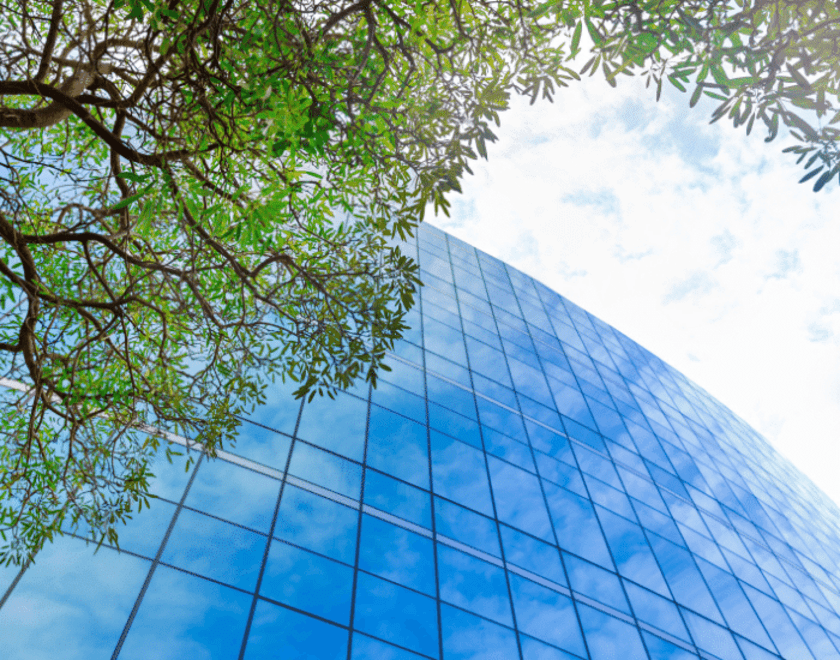Hammerson’s LED Rollout at Bullring Cuts Costs and Carbon
25 July 2016Hammerson’s LED Rollout at Bullring Cuts Costs and Carbon
25 July 2016At Bullring, Hammerson upgraded the lighting with 5,420 new LED lights. As the most energy-hungry asset within the portfolio, efficiency has been a key focus area and the LEDs have resulted in substantial savings. At a cost of £1.5 million, this was a significant investment, but payback is expected within 4.5 years.
Key Facts
- 23.5% less electricity use
- £330,000 estimated electricity cost savings per year
- Longer LED lifespans generating significant replacement cost savings
- Lighting activated by sensors, simplifying Building Management System operations
- 1,200 tonnes estimated annual CO2 emissions reduction
Situation
Hammerson’s sustainability framework, Positive Places, aims to create retail destinations that deliver positive impacts economically, socially and environmentally. Developed in 2003, Bullring has transformed Birmingham’s city centre. With a footfall of 35 million per year, Bullring is one of the UK’s most successful retail destinations. The 110,000m2 shopping centre is home to 160 retail units and 3,000 car parking spaces.
In 2014, Bullring consumed 10 million kWh of electricity and generated over 5,000 tonnes of CO2 emissions with lighting comprising around a third of total electricity consumption. Hammerson commissioned a feasibility study by a third-party consultancy to identify opportunities to cut electricity used in lighting and reduce maintenance requirements, at the same time as creating the best lighting appearance possible.
The feasibility study explored three different options:
- Keep all existing fittings and replace luminaires with LEDs.
- Keep most existing fittings and luminaires, and incorporate dimmable switch gear to reduce power.
- Replace fittings and luminaires.
The study also identified several areas, particularly in the car parks, where lighting was
- Over specified e.g. 165 lux where only 100 lux was required.
- On unnecessarily out-of-hours e.g. operating 24/7 in back of house areas.
Actions
Hammerson opted to replace both fittings and luminaires (option 3). Whilst this required significant capital expenditure, it also offered the greatest return on investment and carbon savings. In addition, the team incorporated motion sensors, daylight sensors and dimmable controls in car parks and back of house areas to maximise savings. The team also updated the emergency lighting system, expanding its lifespan.
Over a phased period from July 2015 to February 2016, Hammerson’s project management agents, Workman, led the replacement of 5,420 luminaires:
- 2,441 in car parks: GlamoxGPV2 LED luminaire, Glamox LED 2D replacement, GlamoxGPV2 LED luminaire, Iguzzini LED wall luminaire and Iguzzini LED car park flood luminair.
- 1,715 front of house: Glamox LED downlight, Projection Lighting LED downlight, Projection Lighting LED high output downlight, Glamox LED downlight, Iguzzini wall mounted downlight, Iguzzini LED projector, LED tape – VarioLED Flex Hydra LD5 and LD15, Kemps Master 55 and Kemps Bespoke Swirl.
- 1,264 back of house: GlamoxGPV2 LED luminaire and Philips 100W LED high bay.
Financials
- Capital investment in LED lighting: £1.5 million, forward funded by Bullring JV Partnership.
- Payback: within 4.5 years from electricity and maintenance savings.
- Expected annual electricity cost savings for occupiers: £330,000, along with reduced lighting replacement costs.
Benefits
- 23.5% reduction in electricity use and 1,200 tonnes less CO2 emitted per year, supporting Hammerson’s Positive Places target to cut emissions by 20% by 2020 compared to 2015.
- Improved shopping experience, with light levels enhanced in LED locations, as well as updated emergency lighting for customer safety and less maintenance disruption because of longer lamp life expectancy
- Reduced maintenance requirements, with average LED lifespans of 8.5 years.
- Simplified operations, as emergency lighting can be tested through the Building Management System (BMS) rather than manually, and lighting is controlled by sensors rather than needing to be switched on and off manually or programmed into the BMS.
Challenges and Achievements
FEASIBILITY
How to identify the best lighting solution?
Hammerson commissioned a third-party consultancy to carry out a feasibility study at Bullring, setting clear priorities: electricity reduction, light quality and ease of maintenance. Some areas were excluded from the original scope, which was desk based. Considering the financial and environmental savings to date, Hammerson will incorporate these areas as a separate project over the coming 12 months. In addition, future projects such as full scope replacement programmes or rolling replacement programmes are being assessed across other schemes.
IMPLEMENTATION
How to deliver a major lighting replacement programme in a busy shopping centre?
Hammerson used Workman to project manage the installation. The majority of works were undertaken outside of normal shopping hours and in zones to prevent any disruption to the visitor experience and minimise impact on operational services. In front of house areas and car parks, the entire process has gone smoothly. In back of house areas, there were some issues with low light levels. The original lighting has been temporarily reinstalled in some fittings, while brighter LEDs are being sourced.
Find out more
Chris Speakman
Environmental Co-ordinator
Bullring
*Please note that the information on this page was supplied by the BBP Member and the BBP assumes no responsibility or liability for any errors or omissions in the content

